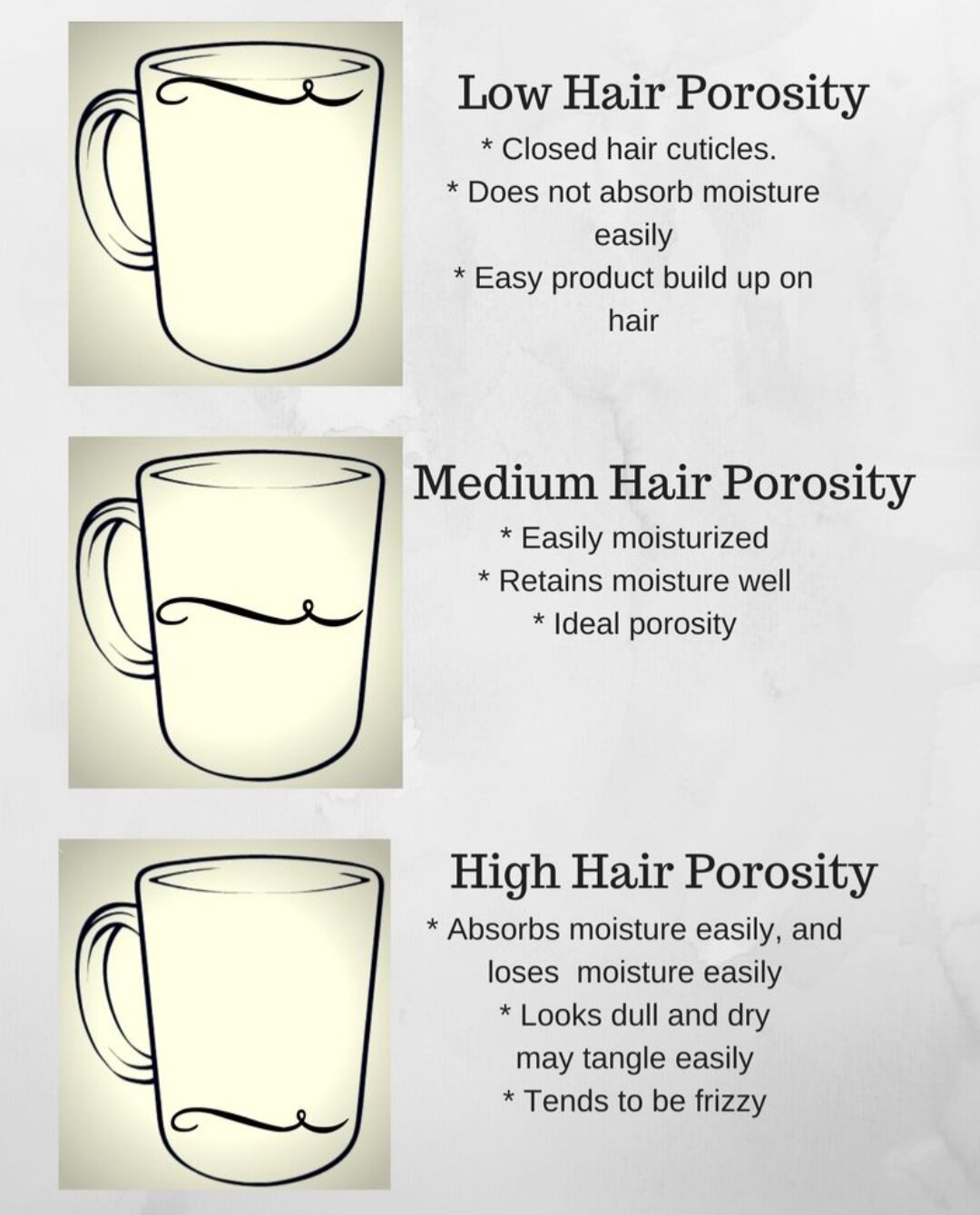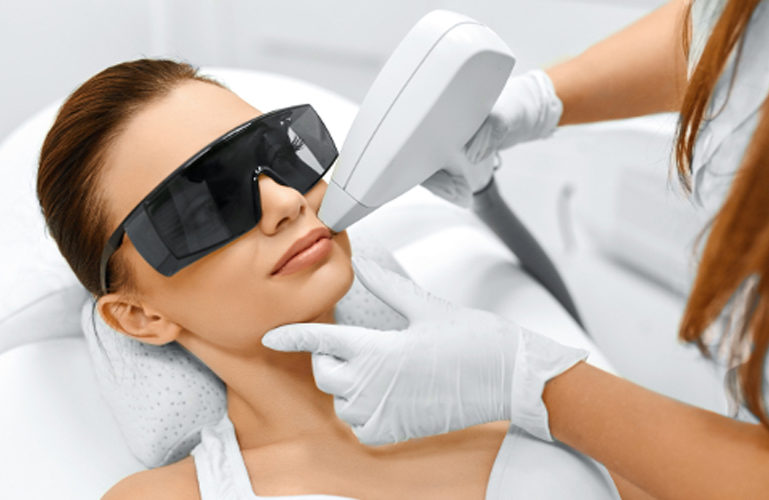Table Of Content

"Oils are the best way to lock moisture into your hair. Argan oil, jojoba oil, and other oil blends help to seal moisture." Though hair porosity is largely determined by genes, it's unknown exactly how that works, according to Trefor Evans, Ph.D., Institute Fellow at TRI Princeton. "How your hair grows is down to your body's physiology and there are so many things that control the body's physiology." Scroll on to see how you can test your hair's porosity at home, plus what product ingredients to look for. Highly porous hair is often prone to breakage that can keep your hair from growing.
Using the Right Products
That's why Park recommends swapping out products that have alcohol-based formulas or sulfates in them. Depending on how you care for and process your hair, you could have a porosity shift. According to Park, coloring, relaxing, frequent thermal styling, over-manipulation, harsh products, and even environmental damage can affect your hair's cuticles. Typically, but not always, hair that has been bleached or chemically treated with color or relaxers is also considered to have high porosity. Highly porous hair is often damaged from heat or styling treatments, so you may want to consider using products that can protect your hair from further damage. The outermost layer of your hair shaft consists of tiny cuticles that are too small to see with the naked eye.
High Porosity Hair Care
According to our experts, moisturizing and hydrating products are crucial for managing high-porosity hair. “Deep-conditioning masks, leave-in conditioners, and lightweight hair oils can help maintain moisture and nourish the hair, reducing dryness and brittleness,” says Powell. When treating high porosity hair, it's best to adopt the LCO method—liquid or leave-in conditioner, cream, oil, which refers to the sequence the products are to be applied. In layman's terms, hair porosity is the hair's ability to retain and absorb moisture and affects how your hair responds to products and styles.
What Type of Hair Porosity Do You Have?
If your hair continues to break or lacks moisture, talk to your stylist about ways you can improve your hair’s texture and overall health. However, there are certain products you can use, and strategies to try that may improve the health of your hair, and make it easier to manage and care for. If the cuticles are too close together, it can prevent moisture from being soaked up. This article will take a closer look at what affects the porosity of your hair, how you can figure out the type of porosity you have, and, depending on the hair porosity you have, how best to treat your hair.
14 Best Low Porosity Hair Products of 2024 (Tested & Reviewed) - Cosmopolitan
14 Best Low Porosity Hair Products of 2024 (Tested & Reviewed).
Posted: Thu, 12 Oct 2023 07:00:00 GMT [source]
Protein Treatments

Bantu Knots, box braids, and even rocking a stylish head wrap can give your hair a much-needed break from manipulation. One thing to keep in mind with protective styling is to watch out for too much tension. If your hair is experiencing breakage, talk with your stylist about the best type of protective style for your hair's current condition. Because of this emphasis on moisture, those with high porosity hair should also avoid products with harsh ingredients. Bailey suggest steering clear of haircare formulas with alcohol and sulfates, and recommends using clarifying shampoos in great moderation, if at all. First, you'll need to wash your hair thoroughly to ensure there's no sweat, product, or buildup caked onto your strands.
Cantu Flaxseed Smoothing Cream Gel
Low-Porosity Hair Products 2024 - Forbes Vetted - Forbes
Low-Porosity Hair Products 2024 - Forbes Vetted.
Posted: Fri, 19 Jan 2024 08:00:00 GMT [source]
Whether it's selecting the right products or adopting proper styling techniques, mastering the nuances of high-porosity hair can transform the health and vitality of your locks. You probably know which category your hair type falls under, whether you have straight, wavy or curly hair hair. After all, that crucial piece of information influences so much about your hair, from how to style it to your haircut to the types of hair products you stock in your shower.
Hair Care Tips for High Porosity Hair
Simply apply it evenly through clean, damp hair with a comb, leave it on for five to 10 minutes, wash out, and voilà! It always leaves my hair feeling smooth and conditioned, and my curls are consistently more defined after each use. I even like to place a shower cap over my hair while the conditioner sits in order to maximize the moisture. In terms of styling, you should opt for cream or oil-based products, instead of the ones that are water or gel-based to retain moisture. Layering both creams and oils gives your hair not only the moisture it needs, but also seals it in. Oil by itself does too little to give your hair the hydration it so much desires.
The strand cannot receive anything on the inside, which leaves the hair malnourished or heavy from products sitting on top of the strands,” says Groover. Below, we asked two experts to delve into some essential care tips tailored specifically to high-porosity hair types. Read on to find out how these methods can help you nurture and enhance your hair.
“High porosity hair is often wavy or curly, and tangles easily,” explains Brandi Voorhees, a stylist at Sharon Dorram Color at Sally Hershberger Salon. For people with high porosity hair, the hair cuticle is compromised in some way. The more curly or coiled the hair fibers are, the more disrupted the cuticle may be. Other things that can damage your hair cuticle and lead to porous hair include chemical treatments, ultraviolet (UV) radiation, and even basic grooming like brushing and combing your hair. Blow drying, bleaching, straightening, overwashing, and using harsh products can all damage your hair over time.
High-porosity hair swiftly absorbs hair products — which, if not managed effectively, can accumulate and weigh the hair down. This buildup not only diminishes hair volume, but also contributes to scalp issues like irritation and flakiness. If you're experiencing severe breakage, you may need an emergency product like ApHogee Two-Step Protein Treatment ($26).
Frizz and dryness are clear indicators of high porosity hair and can put a damper on the two-strand twist out you worked so hard to achieve. To break down high porosity hair even further, celebrity hairstylist and Cantu ambassador Angela Stevens explains everything you need to know. If you have high porosity hair, pre-pooing and finger detangling are your best friends. To prevent your hair knotting up and breaking when it comes in contact with water, make sure that your hair is fully detangled before you step into the shower. You can use one of your favourite oils or conditioners to help give you a hand.

No comments:
Post a Comment